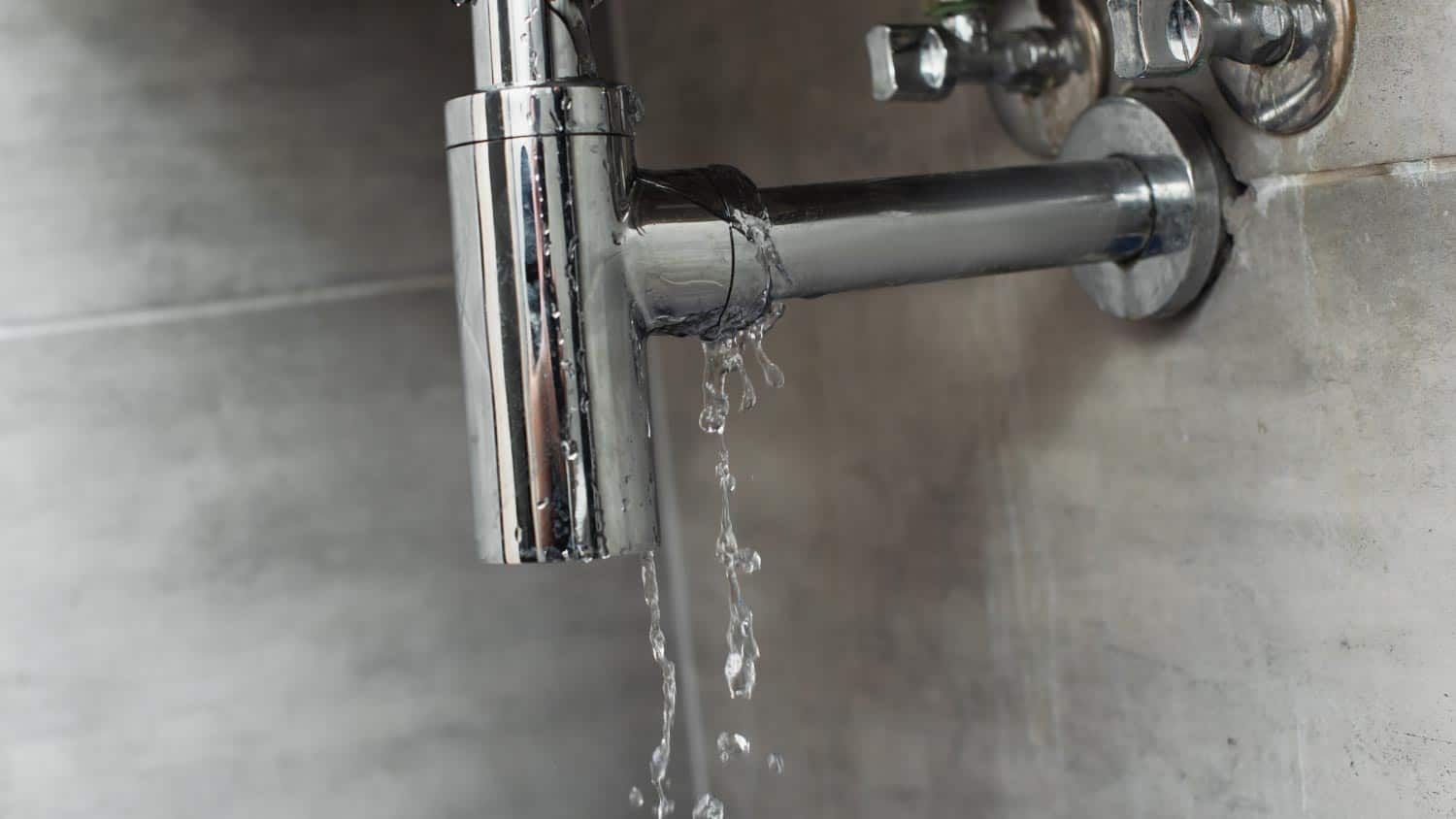What are your opinions about Locating water leaks?

Early detection of leaking water lines can alleviate a prospective catastrophe. Apart from saving you money, it will lessen the worry and also disappointment. The moment you find a leak, calling your plumber for repair services is the most effective remedy. Nevertheless, some small water leaks might not be visible. Below are some hacks that assist if you can not detect it with your nude eyes.
1. Check Out the Water Meter
Every residence has a water meter. Examining it is a guaranteed way that helps you uncover leakages. For starters, turn off all the water sources. Ensure no person will purge, utilize the faucet, shower, run the cleaning device or dishwasher. From there, most likely to the meter and watch if it will certainly alter. Since nobody is using it, there ought to be no activities. If it moves, that shows a fast-moving leak. If you spot no changes, wait an hour or two as well as inspect back once more. This indicates you may have a slow-moving leak that might also be below ground.
2. Inspect Water Consumption
If you find sudden modifications, despite your intake being the very same, it implies that you have leakages in your plumbing system. A sudden spike in your costs shows a fast-moving leak.
Meanwhile, a stable increase every month, despite having the exact same habits, reveals you have a slow leakage that's also gradually escalating. Call a plumber to extensively check your residential or commercial property, specifically if you really feel a warm location on your flooring with piping underneath.
3. Do a Food Coloring Test
When it comes to water consumption, 30% comes from bathrooms. If the shade somehow infiltrates your dish throughout that time without flushing, there's a leak between the container and also bowl.
4. Asses Exterior Lines
Don't fail to remember to check your exterior water lines too. Should water seep out of the connection, you have a loosened rubber gasket. One tiny leakage can throw away loads of water and increase your water costs.
5. Analyze the scenario as well as examine
Property owners should make it a practice to examine under the sink counters as well as also inside cupboards for any bad odor or mold and mildew growth. These two red flags show a leak so punctual attention is called for. Doing routine examinations, even bi-annually, can conserve you from a major issue.
If you know your home is already old, keep a watchful eye on your heating systems, tubes, pipelines etc. Check for discolorations and deteriorating as a lot of home appliances as well as pipes have a life expectancy. They will also normally weaken due to tear as well as put on. Don't wait for it to rise if you think dripping water lines in your plumbing system. Call a professional plumber immediately so you do not wind up with a horrible mess in your home.
Early detection of leaking water lines can reduce a potential catastrophe. Some tiny water leaks might not be noticeable. Inspecting it is a surefire method that aids you find leaks. One tiny leak can waste bunches of water and surge your water costs.
If you think leaking water lines in your plumbing system, do not wait for it to intensify.
WARNING SIGNS OF WATER LEAKAGE BEHIND THE WALL
PERSISTENT MUSTY ODORS
As water slowly drips from a leaky pipe inside the wall, flooring and sheetrock stay damp and develop an odor similar to wet cardboard. It generates a musty smell that can help you find hidden leaks.
MOLD IN UNUSUAL AREAS
Mold usually grows in wet areas like kitchens, baths and laundry rooms. If you spot the stuff on walls or baseboards in other rooms of the house, it’s a good indicator of undetected water leaks.
STAINS THAT GROW
When mold thrives around a leaky pipe, it sometimes takes hold on the inside surface of the affected wall. A growing stain on otherwise clean sheetrock is often your sign of a hidden plumbing problem.
PEELING OR BUBBLING WALLPAPER / PAINT
This clue is easy to miss in rooms that don’t get much use. When you see wallpaper separating along seams or paint bubbling or flaking off the wall, blame sheetrock that stays wet because of an undetected leak.
BUCKLED CEILINGS AND STAINED FLOORS
If ceilings or floors in bathrooms, kitchens or laundry areas develop structural problems, don’t rule out constant damp inside the walls. Wet sheetrock can affect adjacent framing, flooring and ceilings.
https://www.servicemasterbyzaba.com/blog/how-to-detect-water-leakage-in-walls/

I discovered that blog posting on Hacks to detect leaks while browsing the search engines. Do you know about someone else who is serious about the topic? Take a moment to promote it. I am grateful for your time. Don't forget to come by our blog back soon.